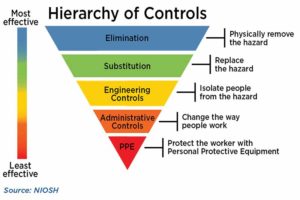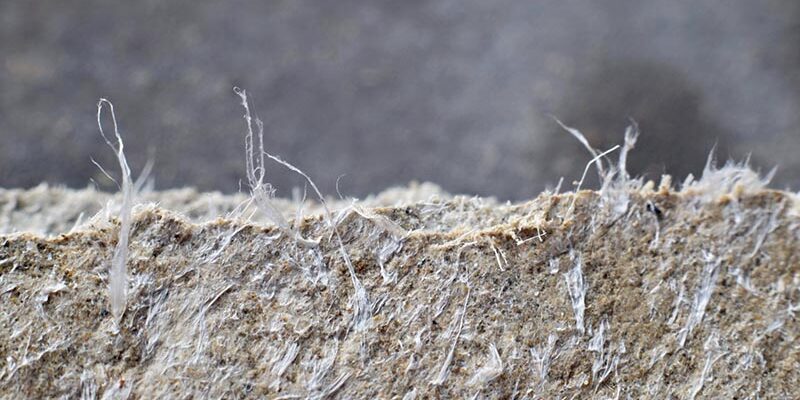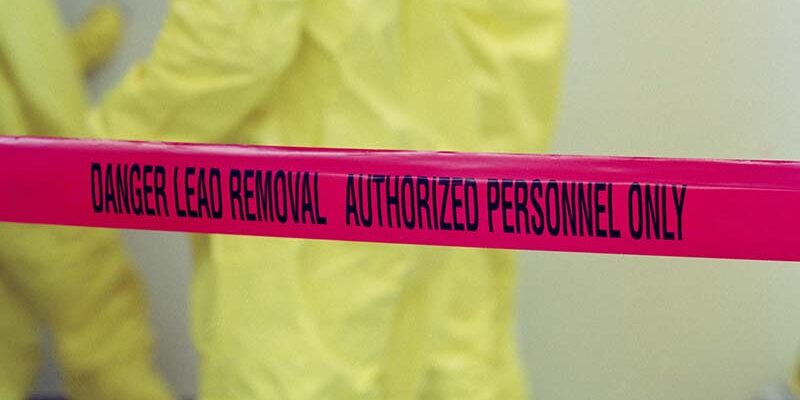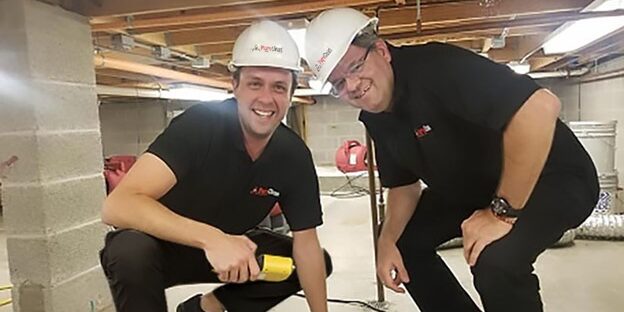Respiratory Protection Dos and Don’ts

By Amy Hughes
When restoration workers encounter hazardous materials on the job, a respirator is a necessary element of personal protective equipment (PPE) to keep workers safe. In this article, industry experts talk through the dos and don’ts of proper respirator use so you can protect yourself and your employees from on-the-job hazards.
David Oakes, member of the IICRC Field Guide for Safety and Health for Disaster Restoration Professionals, notes that use of a respirator begins with a written respiratory protection program that identifies the potential hazards and the type of respirator to be used. The program should include:
- A medical evaluation stating whether each employ can use a respirator based on their physical health
- A fit test for the respirator to be used
- Training:
- How to don and doff a respirator
- When to use a respirator
- What cartridges should be used and how to change them
- Proper use and care for a respirator.
Respirators in restoration
Knowing when to use respirators is an important first step for restoration professionals. Honeywell Respiratory Protection Product Sales Manager Robin Regan reminds us respirators are needed any time workers are exposed to materials deemed hazardous by the National Institute for Occupational Safety & Health (NIOSH) or the Occupational Safety and Health Administration (OSHA). As Oakes pointed out, hazard assessment should be completed at the start of any job, and the appropriate PPE protocols followed based on the assessment.
Common hazards in the restoration industry that indicate respirator use include hazardous particle matter (most specifically particles under 10 microns), mists, solvents, cleaning/disinfectant chemicals, lead, asbestos, fungal parts and spores, and other microbial pathogens, according to Oakes. Additionally, he points out that fire restoration comes with its own set of hazards, including particles of incomplete combustion, polycyclic aromatic hydrocarbon, and dioxins, many of which are known or suspected carcinogens.
All site hazards, including airborne hazards, are addressed using OSHA’s hierarchy of controls (elimination, substitution, engineering, administrative, and PPE), our experts noted. Because PPE is the least effective measure, other engineering controls should be the primary focus. “Respirators are sometimes used for a short period of time while implementing other controls in the hierarchy,” explains Lee Senter, chairman of the IICRC Field Guide for Safety and Health for Disaster Restoration Professionals.
Our experts also stress that different jobs require different types of respirators, and OSHA requires proper training to ensure workers understand the different types, their uses, capabilities, and limitations. Senter says, “The use of N95s is not common due to their fit being lost over longer durations of use. The use of half-face respirators with a p100 organic vapor cartridge is common for fire and smoke remediations. For mold, trauma, and sewage remediation, the use of a powered or non-powered, full-face respirator is the norm.”
Regan adds that disposable N95 respirators may be used for smaller jobs, such as mold that contaminates 10 square feet or less. The larger the job, the higher the level of filtration needed, he says, adding “For significant jobs with high levels of contamination, we recommend restoration workers use [a PAPR respirator].”
Fit testing and integrity
For a respirator to do its job properly, a correct fit is essential. “Fit tests need to be performed prior to wearing a respirator for the first time and then on an annual basis,” Regan explains. “An additional fit test would be required if a worker switches their model of respirator or experiences changes to their face size.”
A fit test ensures the respirator creates a proper seal against the face and tests the integrity of the seal when the wearer is moving, talking, and breathing heavily. “If an individual wears a respirator with a loose fit, it cannot provide proper protection from breathing in harmful contaminants. A tight seal across the face is key,” Regan says. The test is performed using either a special instrument designed for fit testing or the wearer’s senses (taste, smell) to detect if a test agent is able to pass the respirator’s seal.
Fit test administrators do not need special certification, but they must be trained in how to perform the test properly. Senter notes that it’s the employer’s responsibility to ensure all employees have been fit tested for respirators prior to using them on the job.
Regan points out that respirator manufacturers like his company generally offer fit test training for customers via videos, webinars, or even face to face, so businesses should first look to manufacturers for help with fit testing. Regular fit tests are necessary because several factors can jeopardize the integrity of the fit, including substantial weight loss or weight gain, significant dental work, or severe scarring that may alter the face shape.
Senter adds, “There can be no facial hair between the skin of the face and the seal of the respirator,” so workers who rely on respirators must be clean-shaven where the seal is formed. See the facial hair guide from NIOSH above to help employees ensure their facial hair does not conflict with the respirator’s seal.
In addition to regular fit tests, restoration workers in the field should pay attention to any indication that their respirator is not working properly. “The first warning sign is usually odors,” Senter says. “If the odors are detectable, your respirator may not fit you correctly.” However, the absence of odors does not necessarily mean the respirator is working properly, as some contaminants are odorless.
Other signs of respirator malfunction include fogging and air whistling. If a wearer’s glasses or goggles fog, this is likely a sign of respirator fit problems due to air escaping around the nosepiece. “Last but not least,” Senter says, “when performing your positive/negative seal checks prior to performing work, any ‘sound of wind’ would indicate that the respirator is missing a gasket or another component.”
Donning and doffing
As with all PPE, donning and doffing is a crucial part of proper respirator use. “When donning respirators, workers should conduct a seal check. A seal check is an easy way to make sure the respirator is working properly and should be done every time a worker puts on their respirator, not just at the beginning of their shift,” Regan explains. All other PPE should be donned prior to the seal check, which is performed by covering the filters and inhaling. “The respirator should not have gaps that allow air through while inhaling.”
Donning and doffing requires training. Look to the respirator manufacturer for recommendations and training. “This would include proper warming of the respirator facepiece prior to donning it and paying specific attention to the proper molding of any nose clip of an N95,” says Senter. He adds that a respirator’s straps should not leave marks or indentations on the face if properly fit.
Proper doffing is equally important to ensure no cross contamination occurs. “Workers should be careful not to get the contaminants from the outside of the respirator on their hands that could then be transferred to their mouth or eyes,” Regan explains. “For added safety measures, workers should always wash their hands after taking off a respirator and make sure the respirator is cleaned and sanitized properly.”
Donning and doffing should be done with a partner whenever possible, Senter suggests, “especially when wearing coveralls and other PPE. While doffing, your co-worker may have to assist in decontamination, especially in potential
biohazardous situations.”
Conclusion
Proper respiratory use begins with a written respiratory protection program, which all restoration companies should have on file. As you develop your program, Oakes advises studying the safety data sheets (SDS) of any chemicals used. Keep in mind the SDS info is for the concentrate, not the dilution, so consider both the application method and concentrations you will use.
“You may be surprised to find out that some of the products (chemicals) we use on a regular basis require little or no respiratory protection, while others we think are safe do [require protection],” Oakes says. “Sometimes substituting a different product can eliminate the need for PPE.”
Oakes reminds us that employees are a company’s most valuable asset, so ensuring their health and safety has to be a prime objective. A comprehensive respiratory protection program—along with employees who are trained to use their PPE, including respirators correctly—is crucial to every restoration company to protect that asset.
Amy Hughes is a freelance writer who has worked with Cleanfax for three years and has worked as a writer and editor for nine years. Reach out to her at [email protected].














